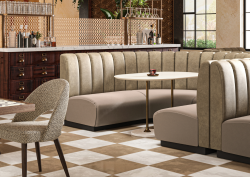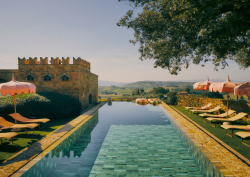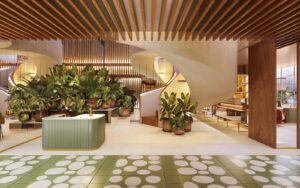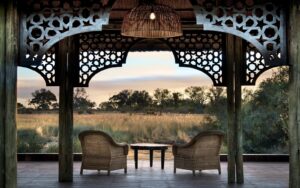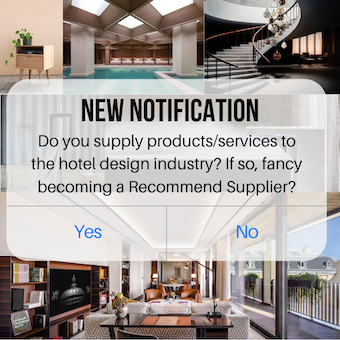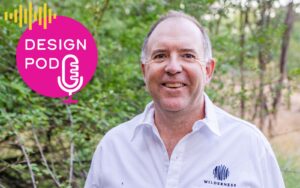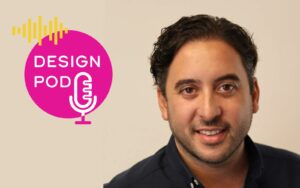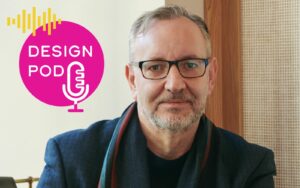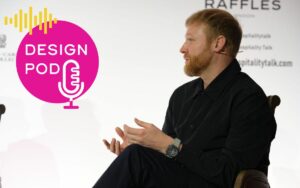Roundtable: Middle East Meets West: The logistics of global design
Hotel Designs gathered leading designers and suppliers at Dedar’s London showroom for a candid conversation on navigating the booming Middle Eastern hospitality market…
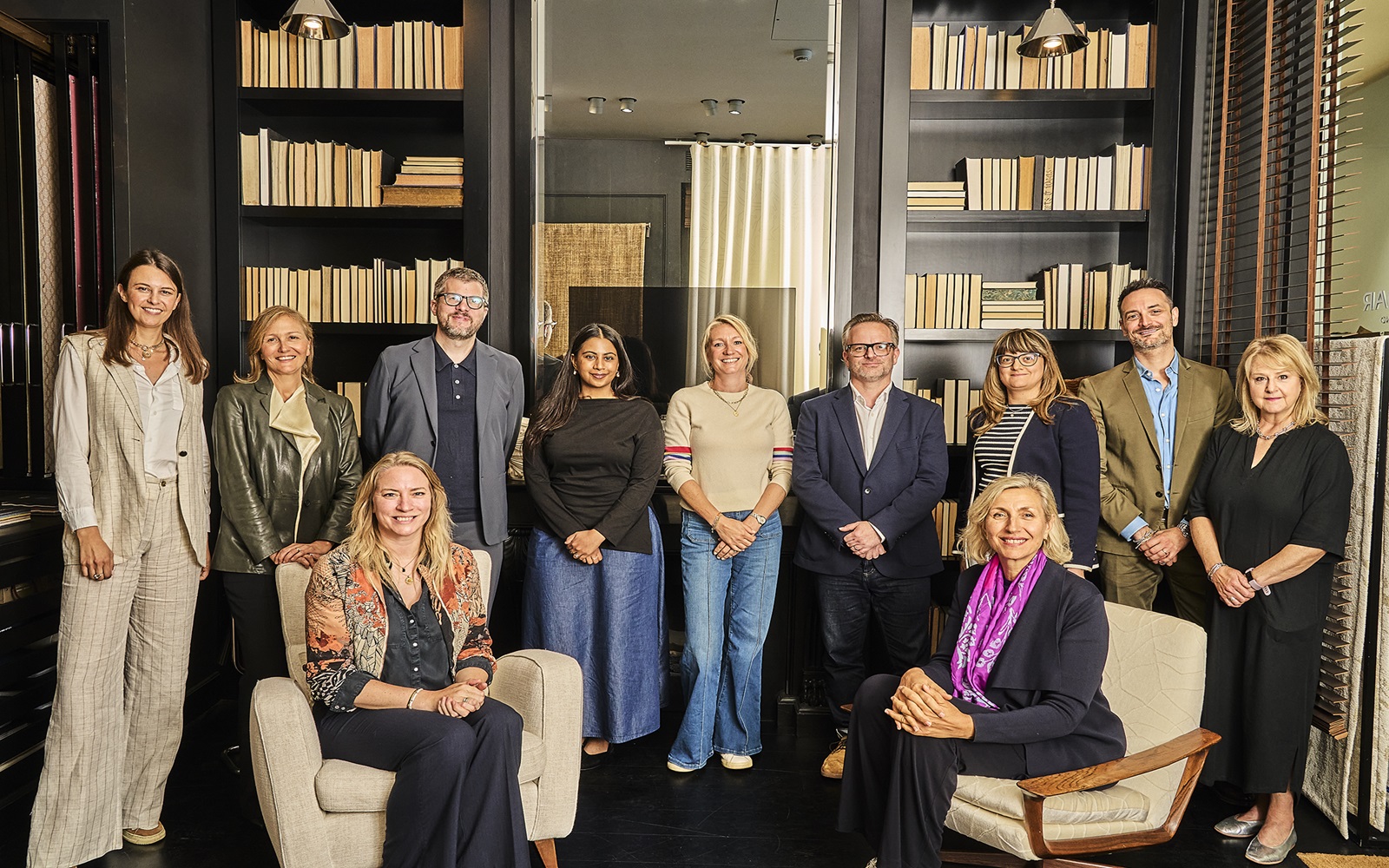
Prior to the roundtable discussion, the group was welcomed to the Dedar showroom at the Design Centre Chelsea Harbour, over the noise and commotion of the construction of 2025’s installation of the WOW!house. Matteo Martini, Head of UK at Dedar, explained that Dedar would be showcasing its products in a dedicated room – The Library – at this year’s exhibition in collaboration with design studio Pirajean Lees, who were part of the Exploring Global Influences in Hotel Design roundtable in 2024. Take a look Inside the Dedar Library by Pirajean Lees here.
Hosted by editor Sophie Harper, this roundtable explored cultural sensitivities, the evolution of design ethos, sustainability, and the realities of working on giga projects in the region.
The atmosphere was casual but purposeful. As Matteo explained: “This is the third edition of the hospitality roundtable with Hotel Designs. This year is especially relevant, since we acquired Maria Flora, a brand deeply tied to the kind of hospitality projects we’re here to discuss – particularly in London and the Middle East.”
Around the table sat representatives from leading design studios: Sameeha Nasir from 1508, Eugenia Rolando from Wimberly Interiors, Matthew Lemar from GA Design, Richard Saunders from First Within, Holly Hallam from DLSM Studio, Kristina Zanick from Kristina Zanick Consultants, alongside Dedar’s own contract team Matteo Martini, Ilaria Rossi, Lesley-Anne McNeill, and Martina Maffeis.
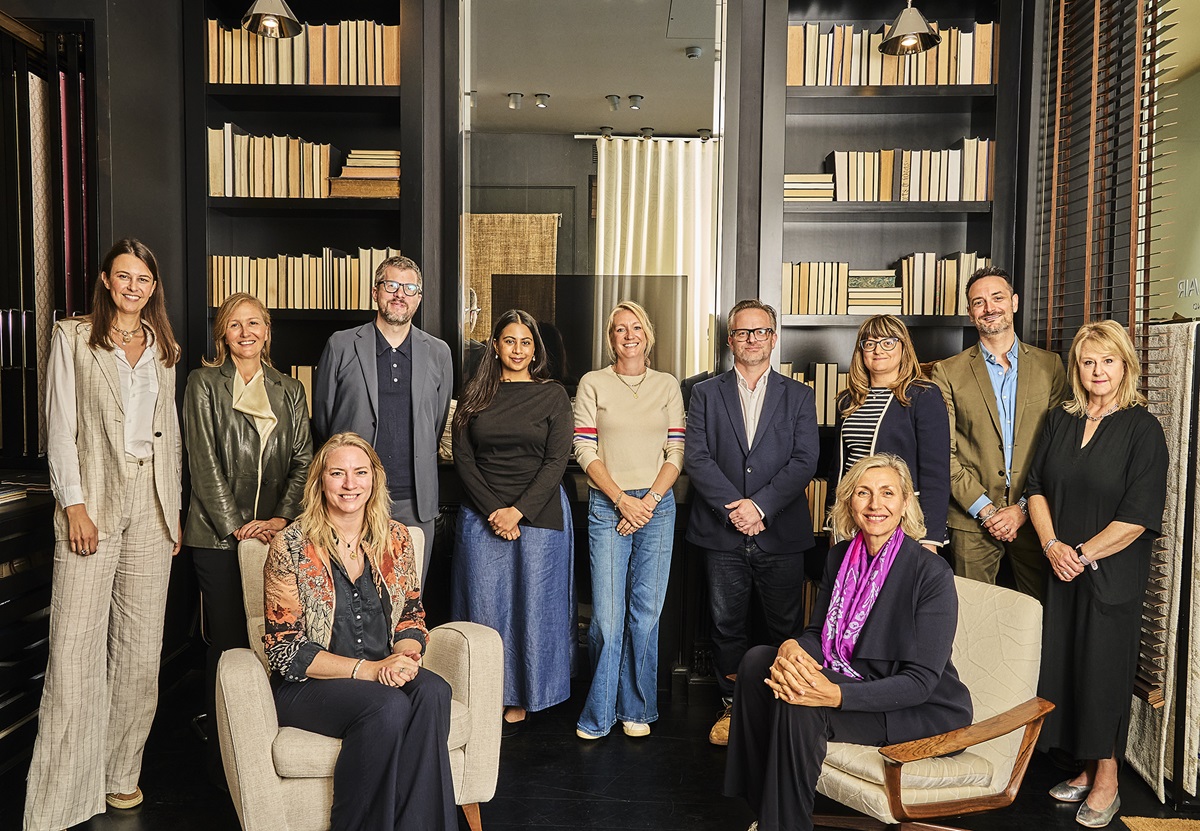
Pictured from left to right: Martina Maffeis, Dedar; Eugenia Rolando, Wimberly Interiors; Matthew Lemar, GA Design; Sameeha Nasir, 1508 London; Holly Hallam, DLSM Studio; Richard Saunders, First Within; Ilaria Rossi, Dedar; Matteo Martini, Dedar; Lesley-Anne McNeil, Dedar; In front row: Sophie Harper, Hotel Designs; Kristina Zanic, Kristina Zanic Consultants
The first question put to the panel was how UK studios adapt their design ethos for Middle Eastern projects.
Sophie Harper: How do you navigate cultural sensitivities and religious considerations when translating a UK-based design ethos into a Middle Eastern context?
Holly Hallam: It was historically much more of an issue. Certainly in Saudi, there used to be segregation – different entrances, separate gyms – but that’s changing fast. Now, we’re designing restaurants and hotels where segregation isn’t a requirement anymore.
Sameeha Nasir: I’m not sure I agree. Depending on the client and the market – we have to be aware of the local market. If it’s a project for a predominantly international market, it’s not really a concern, but for projects attracting the local community there is still a need for segregation.
Kristina Zanic: The whole Middle Eastern market is about servicing the Middle East. I would say around 80% to 90% of the market is for the Middle East or Muslim tourism. There have been shifts, before, we wouldn’t have needed to think about segregation for something like a gym, because we’d only be designing a gym for men, but now we’re designing gym areas for women as well.
Richard Saunders: It can’t be framed – it really depends on the country and the region in that country as well as the bravery of the client and what they’re trying to achieve.
Kristina: The more religious the area the more specific things tend to be. These are very conservative places and you have to respect that. We’re very fortunate as we have a local office in Riyadh, and from a cultural context creating a narrative that makes sense is easier as our team there know the local culture.
Matthew: My experience is very similar to Holly’s in the sense that change is happening very fast. We did a large project a few years ago where the fitness centre layout required a segregated gym, and now we’ve been asked to go back in to unsegregate it. We have a very diverse team in London, including designers who’ve grown up in Saudi and we get that cultural input right from day one. You have to be aware of cultural sensitivities but that’s not what’s really driving the design.
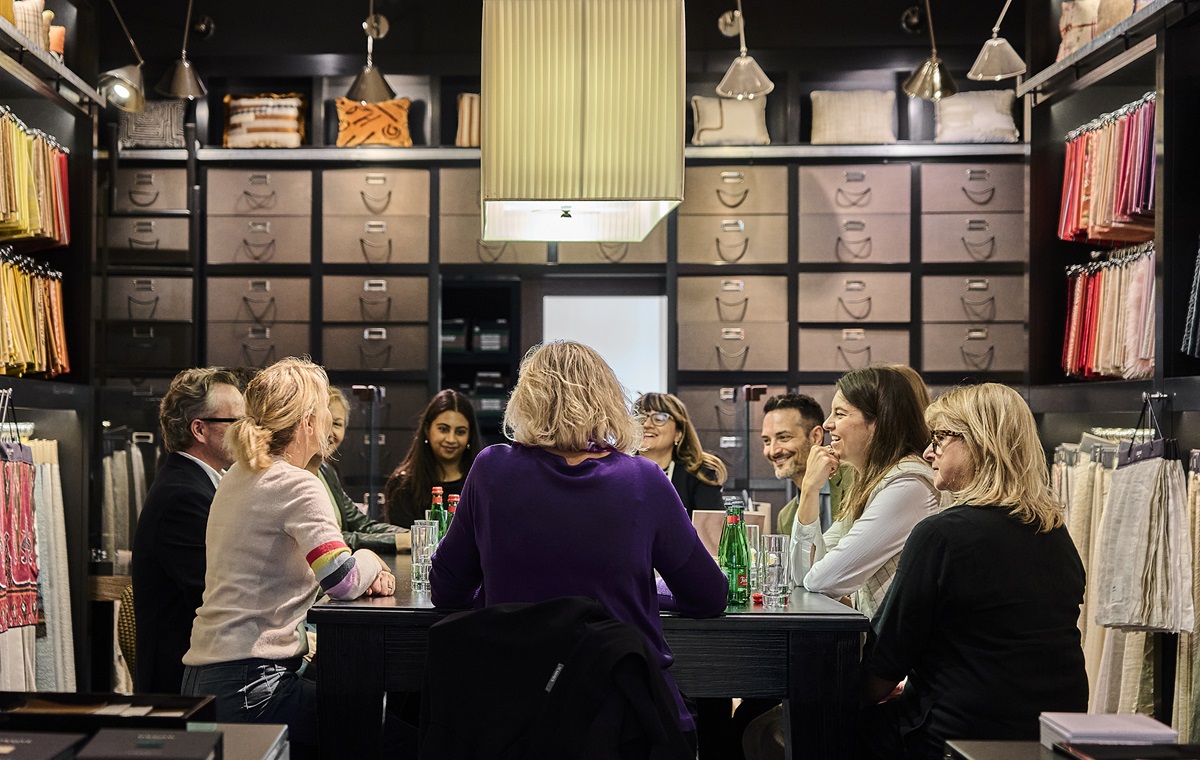
Image credit: Mel Yates
Sophie: Do you think the changes you’re witnessing in the Middle East are as a result of demand from younger generations in the region, or because of a more international market? Or is it a bit of both?
Matthew: For our projects, I think it’s the drive to bring in international tourism. Obviously the World Cup is coming to Saudi in 2034, so that’s shifted everything as well.
Richard: In Saudi and in Riyadh, hospitality and the design was moving at a speed where it was right on the back of legislation – in some cases some operators were almost working in front of it – almost predicting it, or at least knew the direction things were moving in.
Holly: It is a lot to do with international tourism – Dubai has been a massive tourist hub and I think other countries in the region are looking to attract some of that attention, but also the younger generation are becoming more international themselves. They’re travelling more and social media is a huge influence.
Kristina: More than 60% of the population in Saudi Arabia is under the age of 30, which is having a huge impact. I’ve been working in Saudi Arabia for around 17 years now and there’s a lot more freedom and acceptance now, which is great. Everything used to be luxury hotels – all very high end, but there’s certainly more demand for lifestyle brands now. It’s a modern society and that’s reflected in what we’re designing – it’s edgier.
Holly: In some cases they’re really pushing the envelope of design and how futuristic that looks. They’re becoming the disruptors in the design world that we’ve seen previously in Asia.
In some cases they’re really pushing the envelope of design and how futuristic that looks. They’re becoming the disruptors in the design world that we’ve seen previously in Asia

Image credit: Mel Yates
Sophie: What are the key differences in guest expectations or hospitality norms between Western and Middle Eastern markets?
Holly: We’re seeing with European projects, particularly with larger developers, that there is more awareness of different cultures – we meet requirements for spaces like prayer rooms. Europe is becoming more international from a cultural perspective, we’re more culturally sensitive – the Middle Eastern market in London is huge.
Sameeha: When we did Rosewood Doha, we had to consider things like the orientation of spaces for prayer rooms – we had to do a lot of research as the project has a modern, young vibe, but still speaks to the cultural traditions – that wasn’t an afterthought. A lot of the time you’ll be working with the operator so you understand what the brand is, but then there’ll be the private client who’s local, and often they’re the ones informing the design.
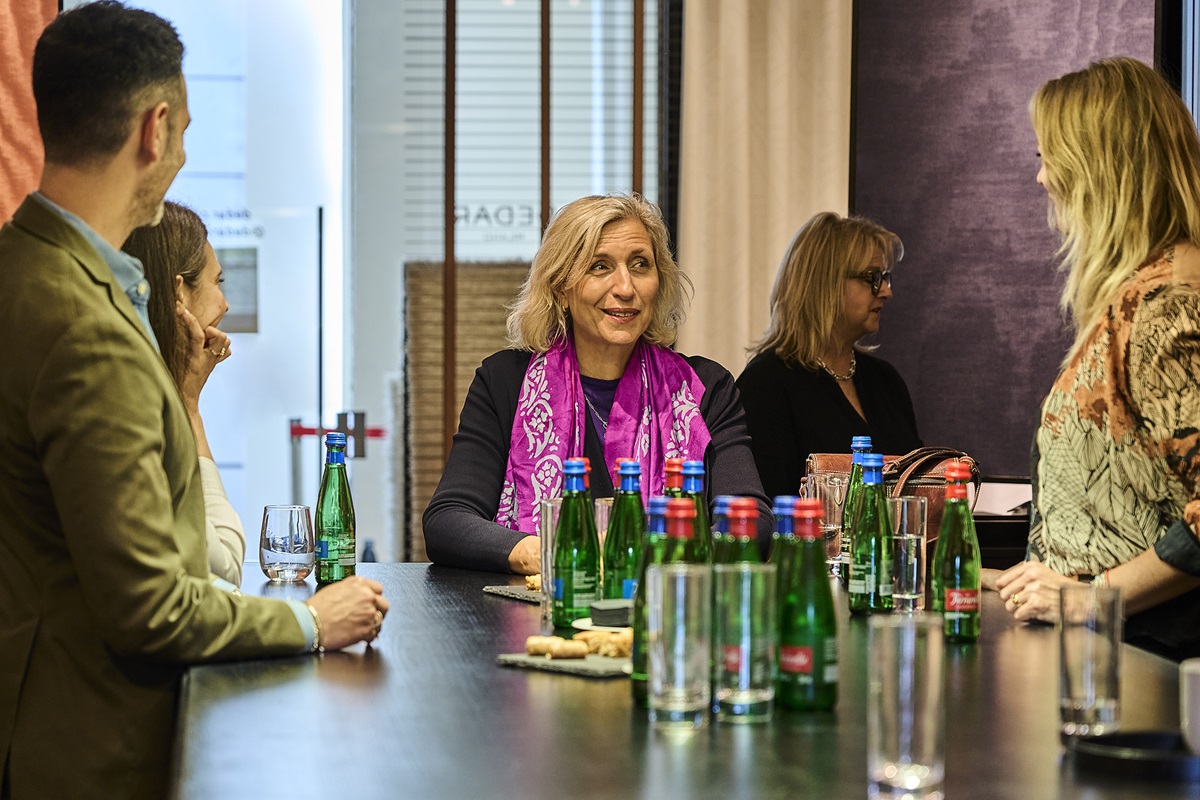
Image credit: Mel Yates
Sophie: How do you manage differing expectations between international operators, local developers, and regional authorities during the design process – and have sustainability expectations influenced your material choices differently in Middle Eastern markets compared to the UK or Europe?
Sameeha: The client now wants to be present in most meetings – they review everything. It can be a balancing act when there are so many stakeholders involved. Sustainability is very much at the forefront of a lot of these projects though.
Kristina: The Red Sea project is about the whole development – it’s very focused on sustainability and net positive. It’s a requirement now. We actually won Platinum certification for that project. I think people are more conscious, more educated, and we’ve seen our clients become more educated as well. There is more importance placed on the longevity of a project.
Holly: You do have to think about climate more so in the Middle East when selecting materials; particularly for outdoor use. You need to consider things like light exposure and temperature – oh and sand storms! Outdoor fabrics, tinted glass, even table surfaces all behave differently in that climate. Always ask your suppliers for help – they know which fabrics last well in different climates.

Image credit: Mel Yates
Sophie: So what key practices or mindsets should UK design studios adopt to succeed in the Middle Eastern hospitality market long-term?
Holly: Innovation. With giga projects, the expectation is always for the biggest, the boldest, or the most sustainable. There’s no room for playing it safe.
Eugenia: Creativity and the confidence to push your limits – without pushing the budget! In the Middle East, ideas that would be dismissed elsewhere can become reality.
Creativity and the confidence to push your limits – without pushing the budget! In the Middle East, ideas that would be dismissed elsewhere can become reality
Matthew: I think the sustainability angle is really interesting. It’s been a big learning experience for us working on these projects. We follow Mostadam, which is basically the Saudi version of LEED – and what has been an eye-opener for me personally, is how broadly sustainability is covered. It’s very focused on specifying from local companies because of social and economic sustainability – not just for environmental factors.
The conversation revealed a market in transition – culturally, socially, and environmentally. The Middle East is not simply opening up; it is racing ahead, positioning itself as a disruptor in global hospitality. For UK studios, the message was clear: embrace innovation, respect local context, collaborate deeply with suppliers, and be ready to adapt. It’s a modern society in rapid evolution – and design is at the heart of that transformation.
Main image credit: Mel Yates





